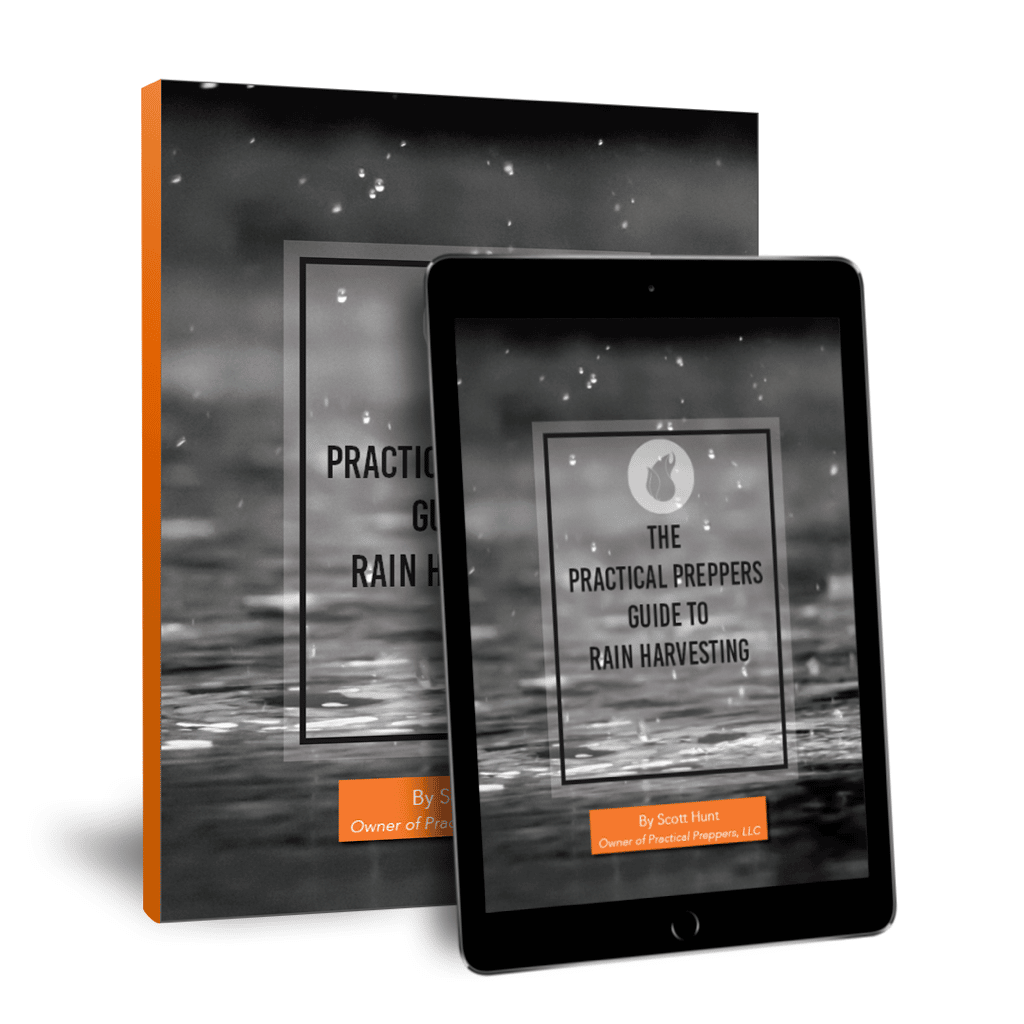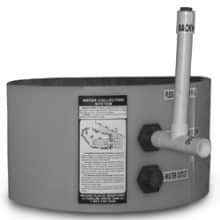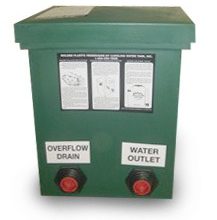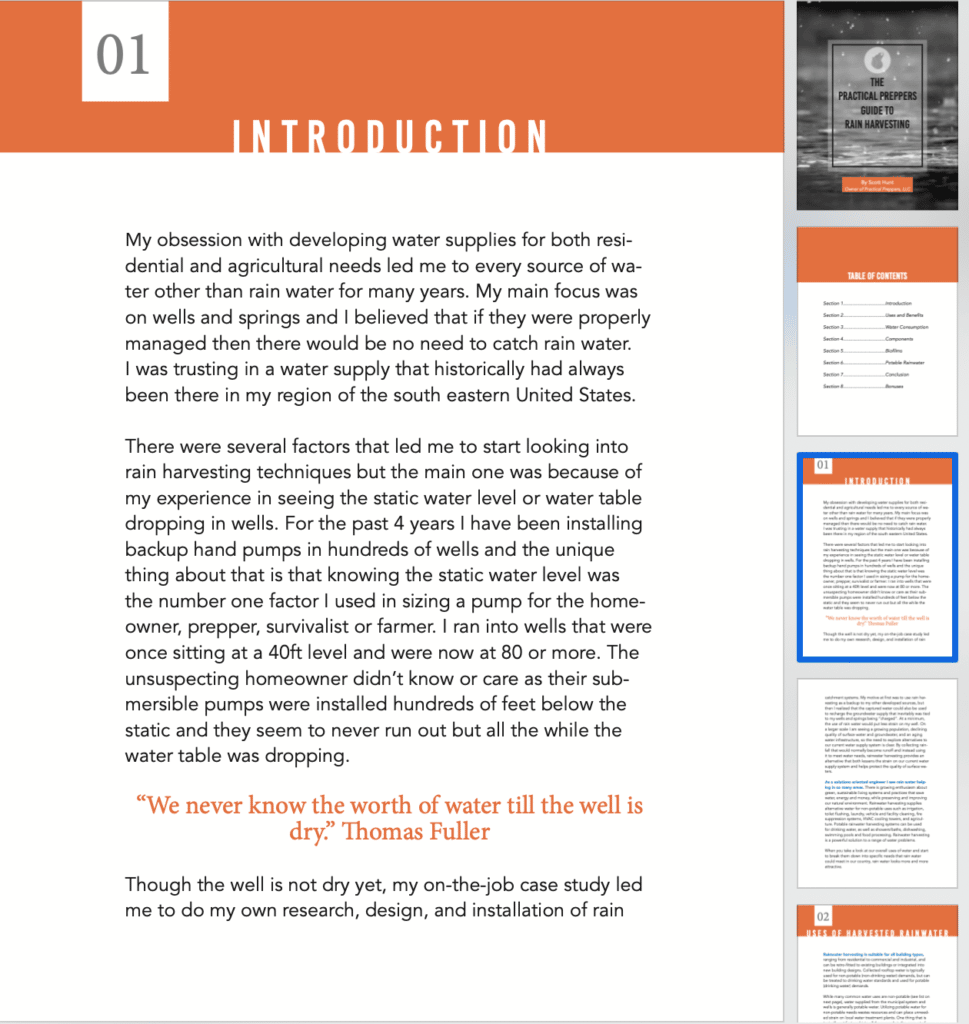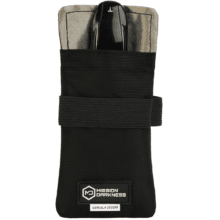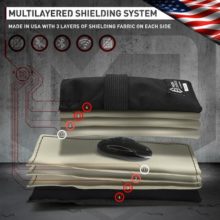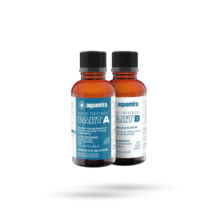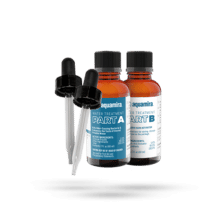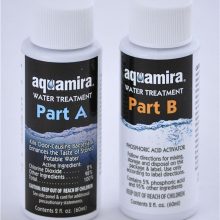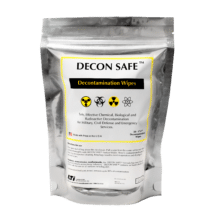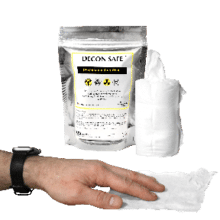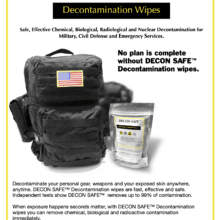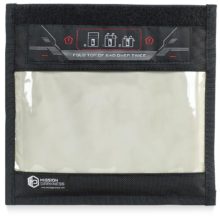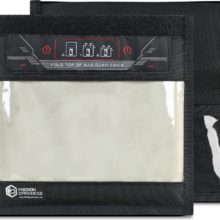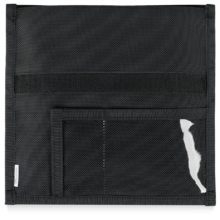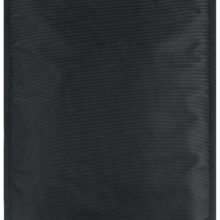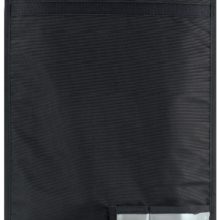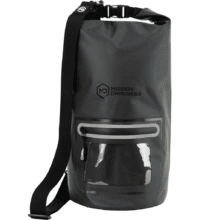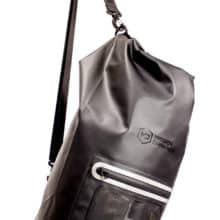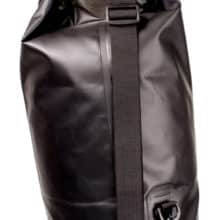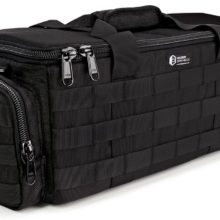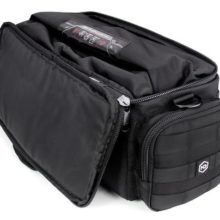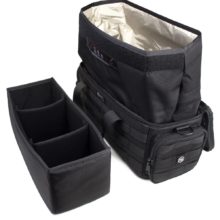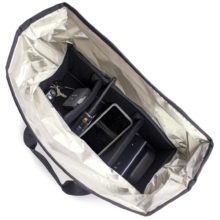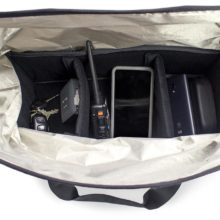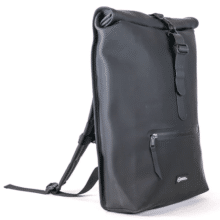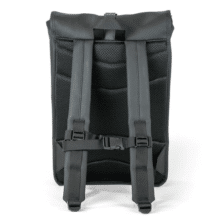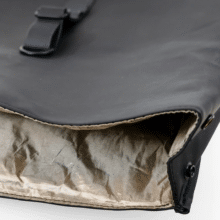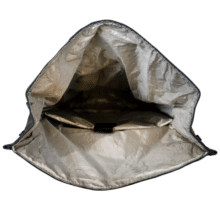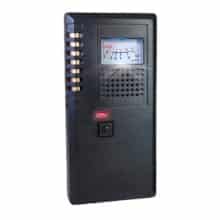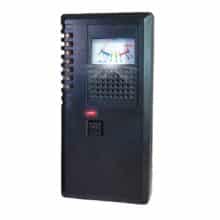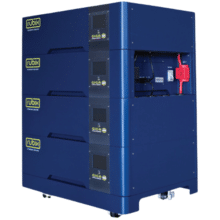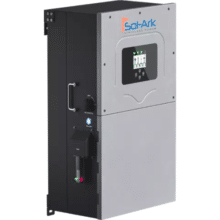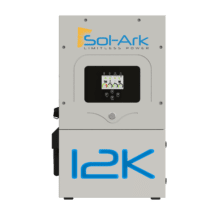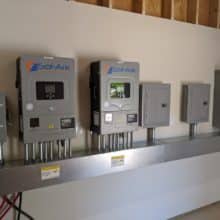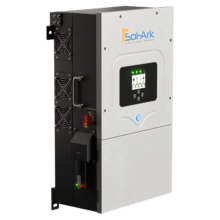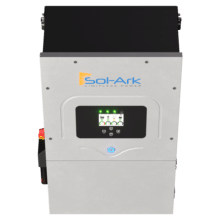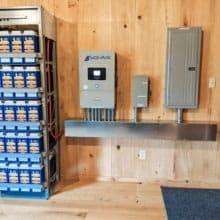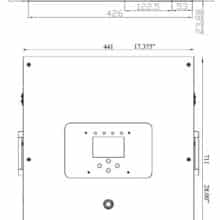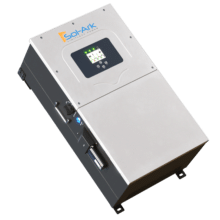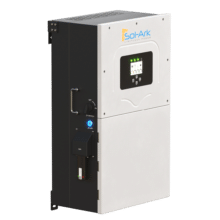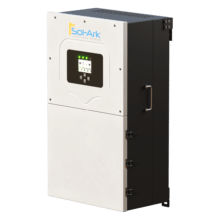“We never know the worth of water till the well is dry.” – Thomas Fuller
Will you have enough water when a crisis occurs? The average American consumes approximately 1,600 gallons each day. Stop doing the math in your head. Yes, a human being would likely drown if they drank that much water in a single 24-hour period. By consume, I mean use – the truest form of the definition of consumption.
Ponder for just a moment how often you turn on the faucet, relax in a hot shower, or push down on a toilet handle each day. The few simple examples are obviously among the most important mundane water uses we must consider when attempting to grasp how much a single person depletes local water resources each day.
How Important is a Water Source?
Our daily lives carry a giant water footprint. Water is necessary for life. The sophistication of the society that an individual indwells is determined by the amount of water consumed. While living in a first-world country may be luxurious at the moment, such a scenario is not sustainable for long periods during either a man-made or natural disaster. The ability to support large groups of people living in high population density areas is greatly diminished during disasters.
The Fragile City Water Supply
Think about your water supply being cut off or contaminated? Who will survive? Those with clean, potable water will still be among the living after the dust clears. The human body can last for four to five days, at the most, without water. Securing a clean water source must be the primary preparedness objective, regardless of what type of disaster you feel is looming on the horizon. When a catastrophe becomes reality, potable water will be in both high demand and short supply.
Once the reality of exactly how much water is typically consumed by your family each day sinks in, it is time to begin figuring out how to source of clean water. In a first-world country, municipal systems deliver clean water to residences by a vast array of pumps, pipes, filters, and chemicals that render open water sources drinkable. These expensive systems serve the masses and usually provide seamless delivery of life-sustaining water. Individuals dwelling in population-dense areas can certainly store this water in appropriately sized containers.
1. Plan your Water Infrastructure
Water Storage

Water Sources
Municipal Water
The majority of first world countries rely on municipal water. The typical treatment of this water includes chemical like chlorine, fluoride, aluminum, and ammonia. Ammonia has had to be added in recent years. It combines with chlorine to form chloramines, which are now found in 20% of American water supplies. Water quality continues to deteriorate to the point where waste water treatment plants produce water that is more pure than the water produced by municipal water plants. The greatest challenge to the waste water industry is the psychological barrier to the end product of waste water treatment plant. If you only have municipal water as your source, your only solution is to store enough for you to weather the storm. I am not belittling this solution- it is a great solution.
Wells
Wells are a great decentralized source of water. There are many different types of wells. Generally they are drilled deep into bedrock or aquifers and are cased in steel or plastic to a depth ensuring protection from groundwater. Groundwater is the term generally describing water that has seeped from the surface into the soil. Ground water can be easily contaminated with various chemicals, petroleum products, and other industrial runoff. Proper well construction and bentonite grout prevent this groundwater from reaching the well water.
Because well water is not treated, special care is needed when storing it for long periods of time. The good news is that water is continually replaced in the well so it stays fresh. All natural water sources, like well water, contain coliform bacteria. The presence of coliform bacteria can indicate the presence of more dangerous bacteria, such as E. coli. At Practical Preppers, we recommend testing well water annually. If you are storing water for long periods of time, consider treating it with an acceptable purification method.

Types of Wells
There are different types of wells ranging from hand dug , bored , commercially drilled, artesian and jetted. The commercially drilled wells are the only ones that reach deep into the aquifers and safer water supplies. Depending on where you live, the shallower hand dug and bored wells can provide a wonderful source of water, but are susceptible to drought and contamination. Many states have discontinued using shallow well construction techniques and settled on commercially drilled deep wells. A bored well is a large diameter, two to three foot, and is therefore a safety concern. Children and pets have fallen into these wells, whereas they cannot in a commercial well(diameter2-8 inches). If you have one of these type of wells we do not recommend abandoning it but using it as it provides a great off grid supply of water. The larger diameter casing allow you to use a variety of pumping solutions.
Springs
Springs are literally fountains of clean water bubbling up to the surface of the soil. These usually occur in hilly terrain where fractures in the bedrock under the soil act as channels for underground water to travel upwards. Gravity fed spring water has been used for thousands of years as a way to sustain life. Communities naturally developed around springs in the founding of this country – Colorado Springs is a prime example. Little to no work is required to get the water out of the ground. Springs were used prior to refrigeration for storing food. Like wells, they can contain coliform bacteria and they are susceptible to contamination from runoff. One of my favorite parts of a client’s evaluation is walking their property and locating these water sources. Over a period of time, springs sediment in. They get hidden and can go underground. With a shovel I can probe into the ground to find the source, the spring head. Many springs have been ruined by bringing in heavy equipment because the water will take the path of least resistance. I want to give the water a path that is easily collected, filtered and delivered to the end user.
Tools for Collecting Spring Water
-
Water Collection system
- $182.00
- Rated 4.56 out of 5
- Add to cart
-
Spring Box
- $210.00
- Rated 4.56 out of 5
- Add to cart
Spring development has taken many forms over the years. Historically, spring development was done with one large spring house built over the spring head. It was hard to keep the spring head free of contamination and infiltration. We have found that capturing the spring with the smallest footprint and providing for runoff protection greatly improves water quality. This water is then delivered to a smaller spring box that is easily maintained. From the spring box the water can be either pumped to higher elevations or delivered by gravity to a cistern for future use
Rainwater
Rainwater is a significant and often overlooked source of water. A simple system of gutters and first flush diverters on a roofline can collect large amounts of water and cisterns placed below can store it until needed. There are many water impoverished countries where this is a common solution for water needs. The American Rainwater Catchment System Association is a great resource for DIYers. Americans do need to be aware of local laws, as this type of collection is not legal in certain parts of the United States.
Utilizing rainwater as a water source introduces contaminants not found in other water sources. Bird and bat fecal material, tree debris, industrial fallout, and building material contamination are among the common health concerns. Typical rainwater storage systems range from 55-gallon drums placed above ground in series, to large underground concrete cisterns.
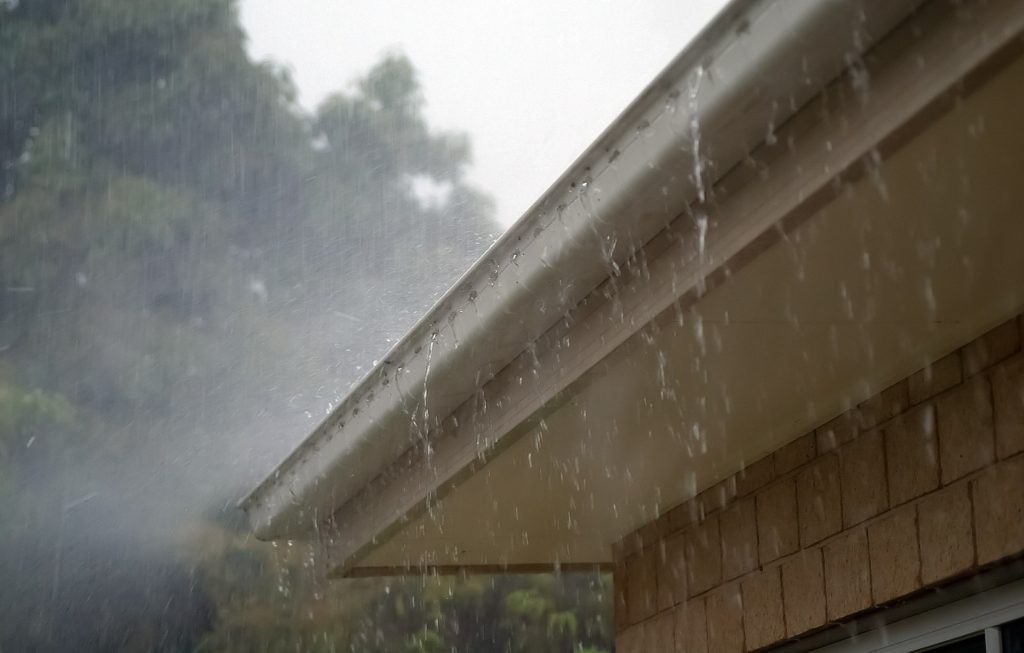
Open Sources (Lakes, Ponds and Streams)
Open sources of water include lakes, ponds, and streams. This group requires filtration and/or chemical treatment as these are “living” sources where wildlife congregates and also derive their water from on a regular basis. Humans are not generally able to tolerate the vast amount of bacteria, cysts, and viruses that are present in open water sources. Water borne diseases such as Cholera, Shigella, Campylobacter, Giardia are just a few types of bacteria often present in open water sources. Water borne diseases are responsible for 3.4 million deaths each year. A total of 780 million people lack access to clean water around the world. The term “Water Poverty” is applied to the multitudes of people who, although surrounded by water, have nothing clean to drink. For these individuals, a large part of their lives are spent in securing biomass to burn to boil water.
The Ocean
The final open source of water is the ocean. Approximately 140 million square miles (361 million square kilometers) of the Earth is encompassed by ocean. To compare, the land surface is 58 million square miles – 149 million square kilometers. Unfortunately for humans, there is 4 percent salinity in ocean water. Human bodies are only .9 percent salinity. When humans are forced to consume ocean water, the increased salt intake causes more, not less, thirst. The drinking of ocean water will ultimately lead to death, as the salt cannot be excreted out fast enough by the kidneys. Currently there are two technologies that can render ocean water potable, reverse osmosis and distillation.
2. Deliver your Water
The delivery of clean water to the user is always a topic of considerable interest to me. Since many people are preparing for disruptions in the usual delivery of water to the masses, Our online store has many solutions at various costs. Obviously, some of these solutions are dependent on which source is being developed, the water requirements of the customer and the energy available.
Well Water Delivery
First we will examine well water delivery systems. Wells are drilled and capped by the well driller. In order to extract the water out of the ground, one must have a pump. Typical well pumps are dependent on grid or generator power. We will be sharing some alternatives that will provide comparable amounts of water and pressures. Let’s start off with simple manual pumps.

There are several types of manual pumps. There are three basic types, Lift, Force and Suction. The static water level in a well is the important determinant to what type of hand pump can be used. The static water level refers to the distance from the surface to the top of the water in the well casing. It is physically impossible to suction lift water more than ~33 ft. So if your static level is higher in value than 33 ft then you would have to use a lift or force pump. In reality, most suction type hand pumps will not work on sources greater than 25ft static. Also, as this is a physical law of fluids, the greater the elevation, the lower the static water level must be. The figure of 33 feet is a theoretical number- in reality it is a little less. In Denver, at an elevation of 5280 feet, the pump can lift 28 feet- in theory. These hand pumps are of limited use in the United States as most wells are professionally drilled to great depths and have static water levels well beyond 33 feet. Nonetheless, they are very reasonable in price, often below $50USD. Also, they do not pump into pressurized systems, such as homes.
Lift pumps, such as Simple Pump™, work by a completely different mechanism. They lift from a cylinder placed directly in the well water. As the lever arm is lifted up, the rods and piston go down. A lower ball valve inside the cylinder which seals under pressure and an upper seal inside the piston lifts and allows water to flow. When the lever arm is pushed down, the rods and piston go up. The whole column of water is lifted up and at the same time water goes into the pump cylinder from the bottom, getting ready for the next cycle. A force pump is similar but the action is reversed. When the piston is pushed down the water is forced up through the pump.
These pumps can work to maximum lift of 300 feet. In general, about five gallons per minute can be pumped manually. These pumps can be installed right alongside the existing electrical pump thus allowing water to be delivered into the home without it having to be carried.
TDH - Total Dynamic Head
When I am working on a client’s system, I have to take into account another concept, the Total Dynamic Head – TDH. This is the distance from static water level up to the surface plus the increase in elevation from the surface to the terminal location, either a cistern, or bladder tank in the house. TDH is used to specify the right pump for the job. One thing that is often overlooked in determining TDH is the friction loss in the delivery pipes. Many a DIYer has had to redo their systems because they chose too small a pipe diameter thus greatly increasing the friction in the system to the point where the pump they hoped to use would no longer work.
Let’s talk about 3 types of what I would call “grid” pumps that use standard household electricity in order to pump water from the well. They are Shallow Well Jet Pumps, Convertible Well Jet Pumps, and Deep Well Submersible Pumps. Shallow Well Jet and Convertible Well Jet Pumps are NOT submersible and are usually placed inside a protected area outside a well. Deep Well Submersible Pumps typically are submerged inside your well.
3 Types of Grid Pumps
- Shallow Well Jet Pumps
- Convertible Well Jet Pumps
- Deep Well Submersible Pumps
For well depths in the range of 0-25 feet all three types of pumps can be used. In the range of 25-90’ the convertible and the submersible can be used and for wells deeper than 90 feet then only the submersible will be used. Other factors like the size of the well casing and how much water is required will be used to determine what size (HP) pump will be needed.
Well Pumps
Unless you have a generator or a battery bank and inverter these pumps will not run during a power outage. Depending on your well water depth there are several off the grid pumping solutions for delivering well water. One of the awesome things I have discovered is that these off grid systems can, in most cases, be installed in parallel with your on the Grid pump systems. This leads me to share with you my favorite off grid well water pumping and delivery technique. I call these “Phase one” systems. If the location has the right lay of land, enough elevation and the ground in not ridiculously hard to install pipes in I like to set cisterns at the top of the property and fill them via a solar water pumping station. This accomplishes several things. It eliminates the need for batteries which are usually the weakest link in most alternative energy systems. It also guarantees that there is water stored and I often like to share with folks that it is much cheaper to store water than it is electricity. The Water is then distributed to the home, the garden, the pond and or livestock via gravity. In many systems I install an overflow in the cistern that either returns the water to its source once the tank is full or delivers this excess water to a pond or garden. The side benefit of doing this is a cistern that is always fresh.

If there is not enough elevation on the property then we employ booster pumps that use solar to charge a small battery bank and thus provide power to the pump when it is needed. These are my “Phase 2” systems. They provide volumes and pressures that match the on grid systems but they use about 20% of the energy. It is very rewarding to be able to use the simple concept of water storage and delivery the uses either no grid power at all or a very small amount of power. To summarize and hopefully simplify my technique, I am using the sun’s energy to lift water and gravity to distribute. Storing the water allows me to “make hay” while the sun is shining.

Ram Pumps for Springs
If your water is sourced from a spring and the water has been collected then same types of pumps can be used do deliver the water to its final destination. It is rare but some springs are located above the final destination and therefore gravity is all that is needed to deliver the water. Remember, when homesteads and farms were established before electricity they were located below these springs. Today folks go for the “view” but in the past they went for the water!
Sometimes, spring heads will produce enough water that a Hydraulic Ram can be used to take that water and pump it up to an elevated cistern. These are awesome projects as the balancing of falling water, elevation and Ram pump size comes into play.
These pumps were one of the main distribution technologies before the advent of electricity. The first self-acting ram pump was invented by the Frenchman Joseph Michel Montgolfier(best known as a co-inventor of the hot air balloon) in 1796 for raising water in his paper mill. By the end of the twentieth century interest in hydraulic rams has revived, due to the needs of sustainable technology in developing countries, and energy conservation in developed ones. In all of man’s attempts at building a perpetual motion machine this is the closest I have seen in action. The deep “thump” of a Ram is a mesmerizing sound if you ever have the privilege of walking up on one running. Many times, a spring will not produce enough water to actually run a ram pump but if there is a stream or pond nearby a carefully thought out setup will allow you to use the surface water from the stream or pond to drive the Ram that pumps the spring water to the home. This is a double acting ram and a setup that I still marvel at to this day.

20 years and counting
My rife ram has been running faithfully for over 20 yrs and when I take a walk in the woods I tend to gravitate over to it to make sure all is well. The Hydraulic Ram Pump is my favorite “old school” solution for pumping water in a sustainable low cost way.
River Pumps
When it comes to streams that do not have enough fall to run a Ram then a River pump can be used. The River Pump is a self-supporting system for pumping water. It is completely mechanical and operates without electricity or fuel. The power to drive is provided by flowing water. There is only one moving part, the swivel coupling, and it is water-lubricated. All parts are non-corrosive and designed to withstand a high degree of stress. There is virtually no maintenance. Water pumped by the Rife River Pump can be used for household needs, irrigation, ponds, and gardening. It is especially useful in aerating stock tanks and fish tanks since it pumps half water and half air.
The River Pump will pump all year through flash floods and frost. In areas with severe winters and danger of damage from floating ice-floes, the River Pump must be removed from operation.

Wind Pumps
Of course we cannot forget the windmill pump or the wind pump. In the late 1880s and early 1900s, windmills were scattered all over the American landscape. They were indispensable to the settlers who were forced to move farther west to the sun-parched remote plains, after all the more desirable spots near rivers and streams had been taken. In the Great Plains and the vast territory known as the Great American Desert, water was more precious than gold. About one million windmills are pumping water in the world today. The most common application is to install a windmill directly over a drilled or dug well. Pumping water from an aboveground source is also an easy task for a windmill. If you need to pump water on your property and the site has access to reliable winds, a water-pumping windmill may be a good option.
In Conclusion
The Practical Preppers Guide to Rain Harvesting
In my 37-page guide to rain harvesting, I go into more detail about the benefits of rainwater, water consumption, the components of a rain harvesting system, and more! You can download this guide as an e-book below. Learn More
